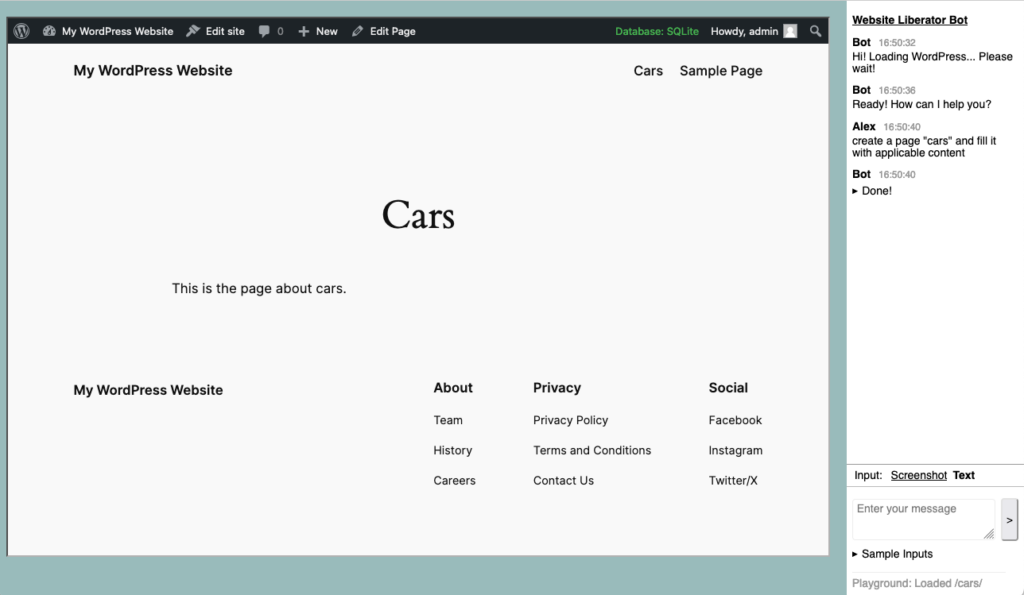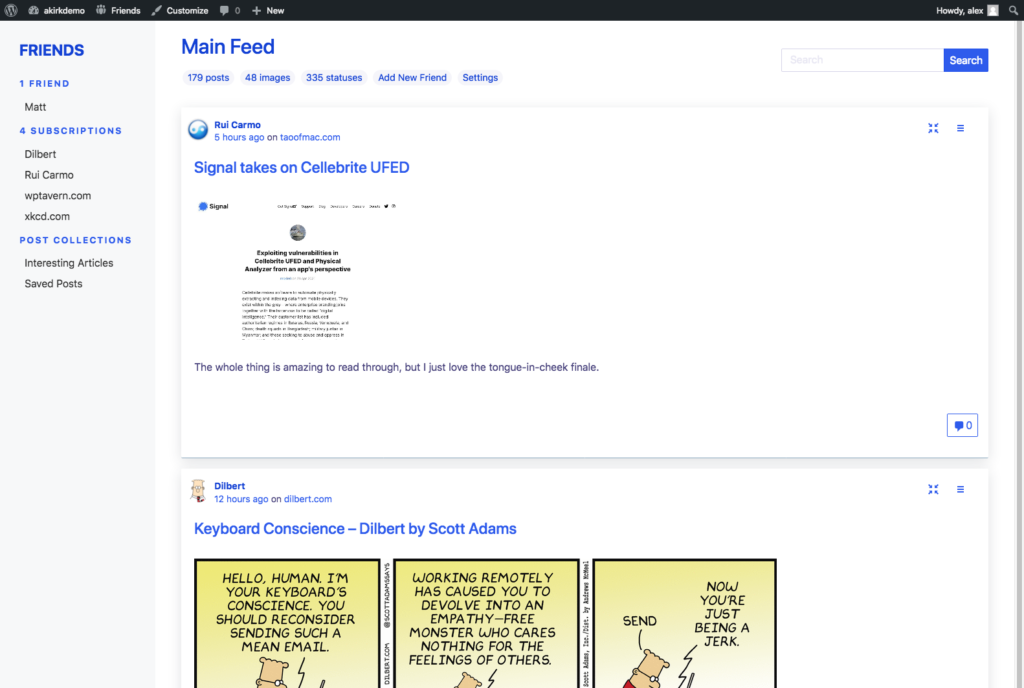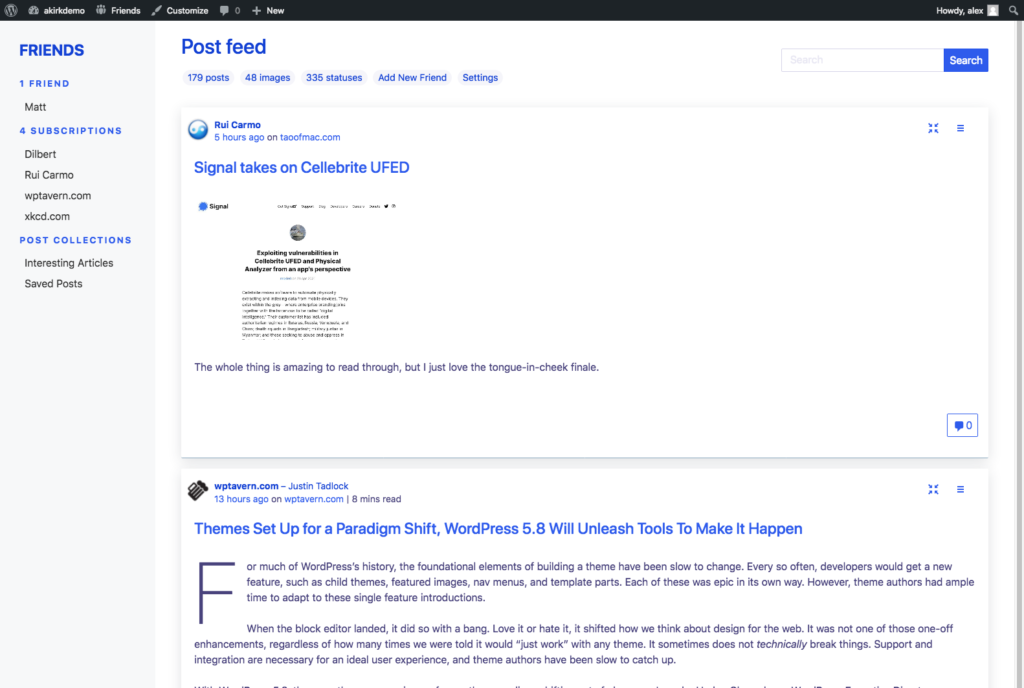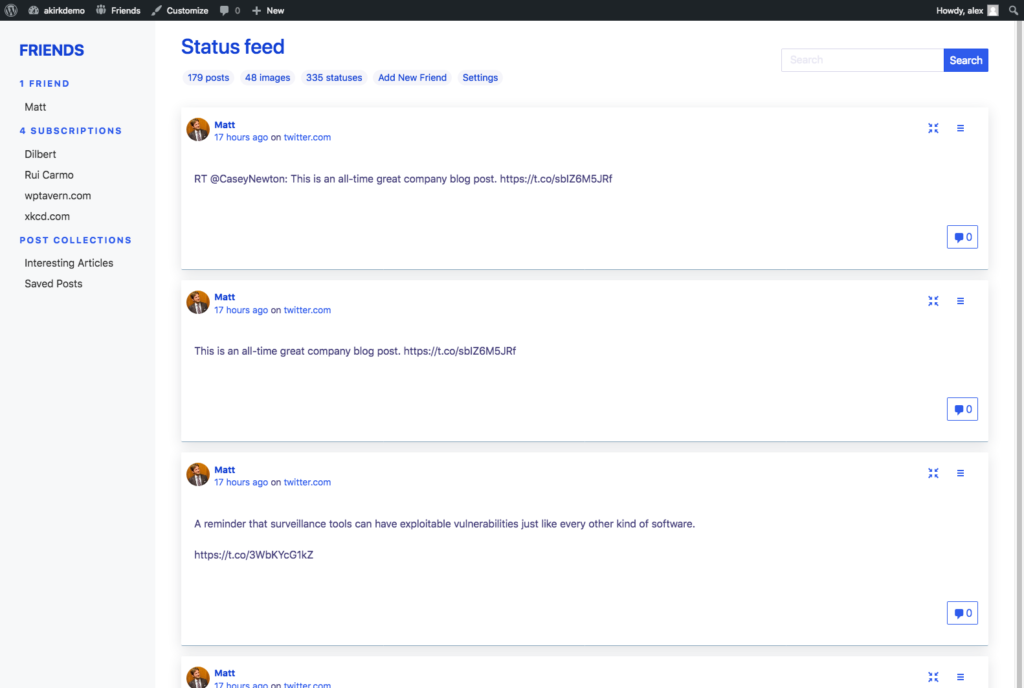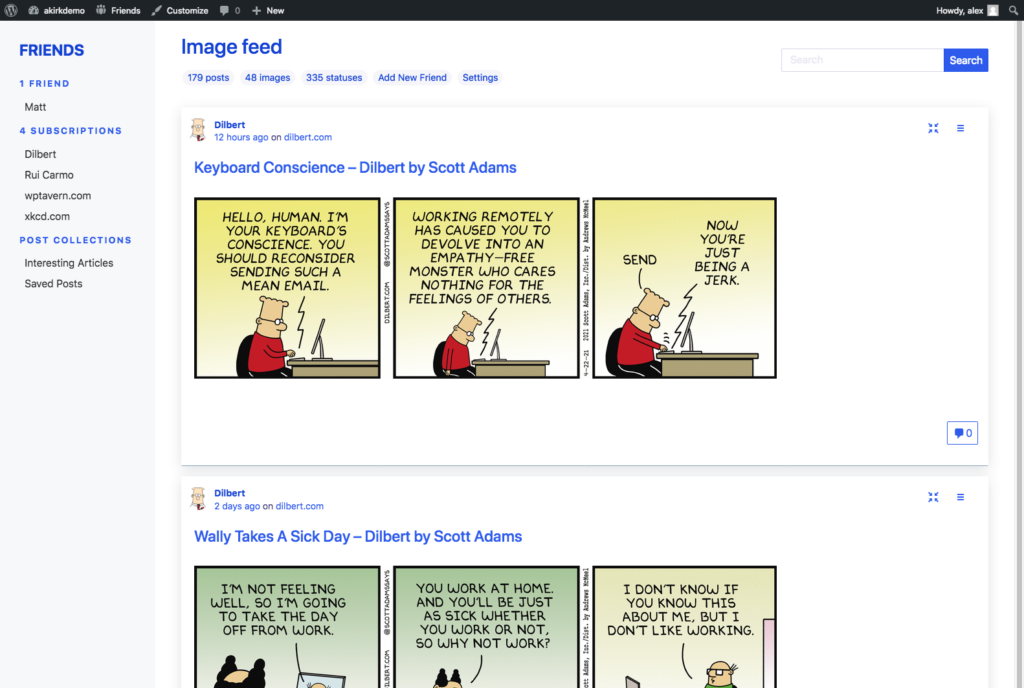When I submitted my application for a talk at FOSDEM 2024, we were still on for migrating the WordPress community to Matrix.
Alas, there were many factors that led us to pause the transition indefinitely, announced by Matt at the Q&A of State of the Word 2023. The most important factors were accessibility problems, some important feature-imparity compared with Slack, and the license changes at Element (to AGPL, with the requirement to sign a CLA when contributing).
The WordPress community has collected their issues in a Github repository. We tried hard to overcome the issues, through documentation, education (some things just work differently in a federated environment), and upstream patches (for example to address some of the accessibility problems).
In the end, I did not cancel but held my talk on February 4 at FOSDEM 2024 in Brussels, explaining all the things we did to lower the barrier of entry:
- Allow authenticating with WordPress using SSO via OpenID Connect, by creating the WP OpenID Connect Server plugin.
- Directly embed a Matrix chat in a WordPress page with a block, by creating the Chatrix plugin.
As well as bots and integration we created to fulfill the specific needs, such as these Maubot plugins:
- Post to room: post messages via webhook
- Relay: an integration can react to room messages via webhook
- Group mentions: upon command a bot mentions many people
- Watchdog: alert about community created rooms
Also, we held weekly meetings in the WordPress meta chat throughout the year, and published meeting notes afterwards.
There is a lot more in my presentation, I hope that my presentation slides can be helpful to other communities (or companies) trying to migrate from Slack to Matrix. Maybe some things that were a blocker for the WordPress community are not so important for other communities.
Finally, here is the video of the ~30 minutes presentation:
Kudos to my colleagues Paulo Pinto and Ashish Kumar who did a lot of the heavy lifting in the effort. Together we submitted around 40 upstream pull requests (on Synapse (pre-license change), Element-Web, Slack bridge, and more).


